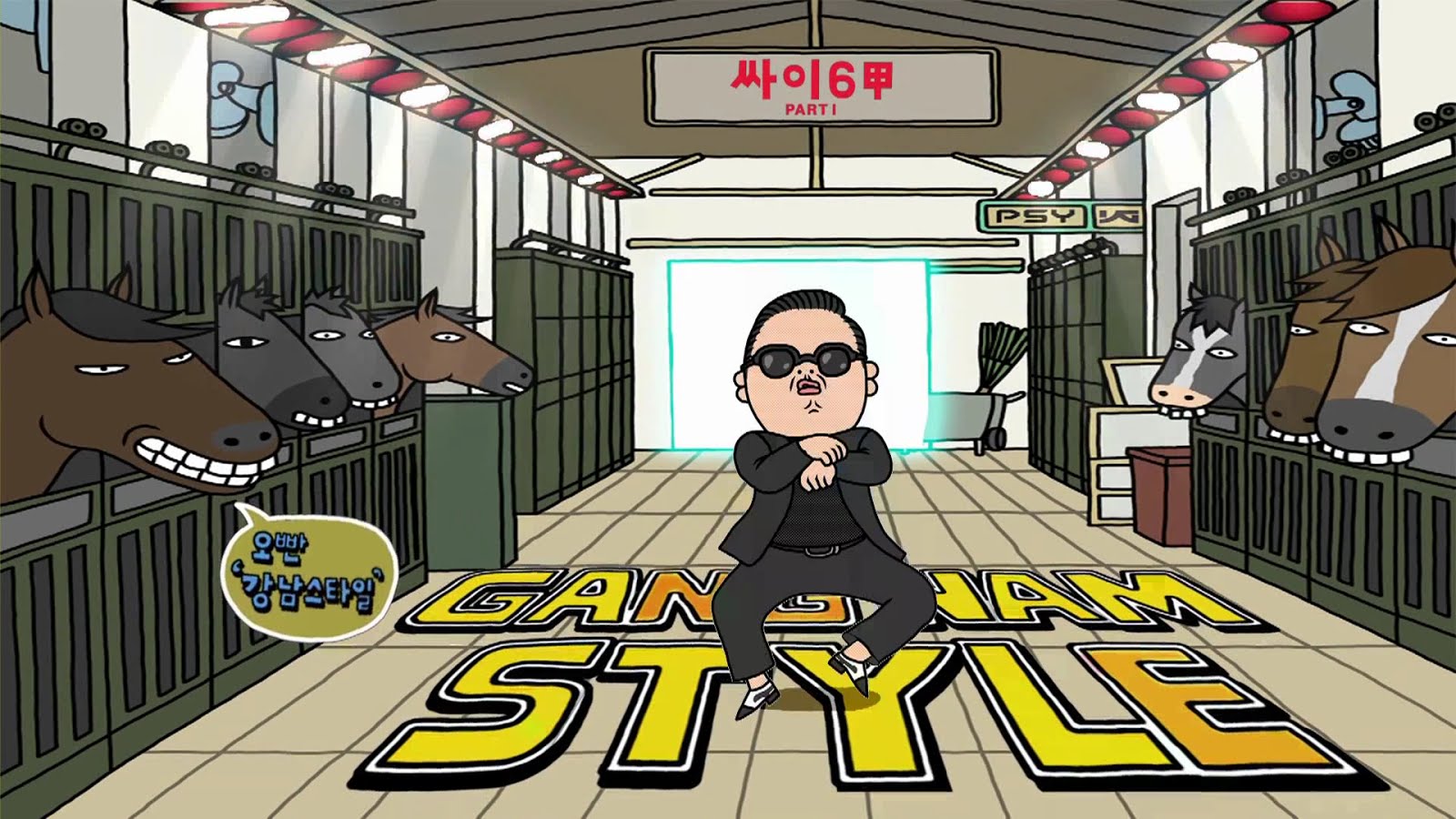


Psy had already built a reputation for his memorably silly dance moves. TV personality No Hong-chul provided the infamous elevator dance, with K-pop star Hyuna featured as the romantic interest.Īnd then, of course, there was the “horse dance” itself. Seven-year-old Hwang Min-woo, whose dancing had proved a sensation on TV talent shows, was brought in to add his distinctive moves along with comedian and TV host Soon Jae-suk (who dances alongside Psy in a yellow suit). Shot in a mere 48 hours, “Gangnam Style”’s music video was stuffed with a host of well-known South Korean celebrities to ensure local success. With those elements in place, his sixth album, Psy 6 (Six Rules), Part 1, and its lead track, “Gangnam Style,” was set to be a hit – domestically, at least. By 2012 he’d joined YG Entertainment, one of South Korea’s three biggest entertainment agencies, and was an established star. In the 11 years before “Gangnam Style” was released, Psy had carved out a niche for himself as a rapper known for his comedy, irreverence and controversy (the blunt lyrics on his first album got him fined for “inappropriate content”, while his second was banned outright). Sent to the United States to study, he soon quit his place at Boston University to dedicate himself to music. Born Park Jae-sung, in 1977, to an affluent family, he was earmarked to take over his father’s semiconductor manufacturing business. Ironically, Psy was from the area himself.


 0 kommentar(er)
0 kommentar(er)
